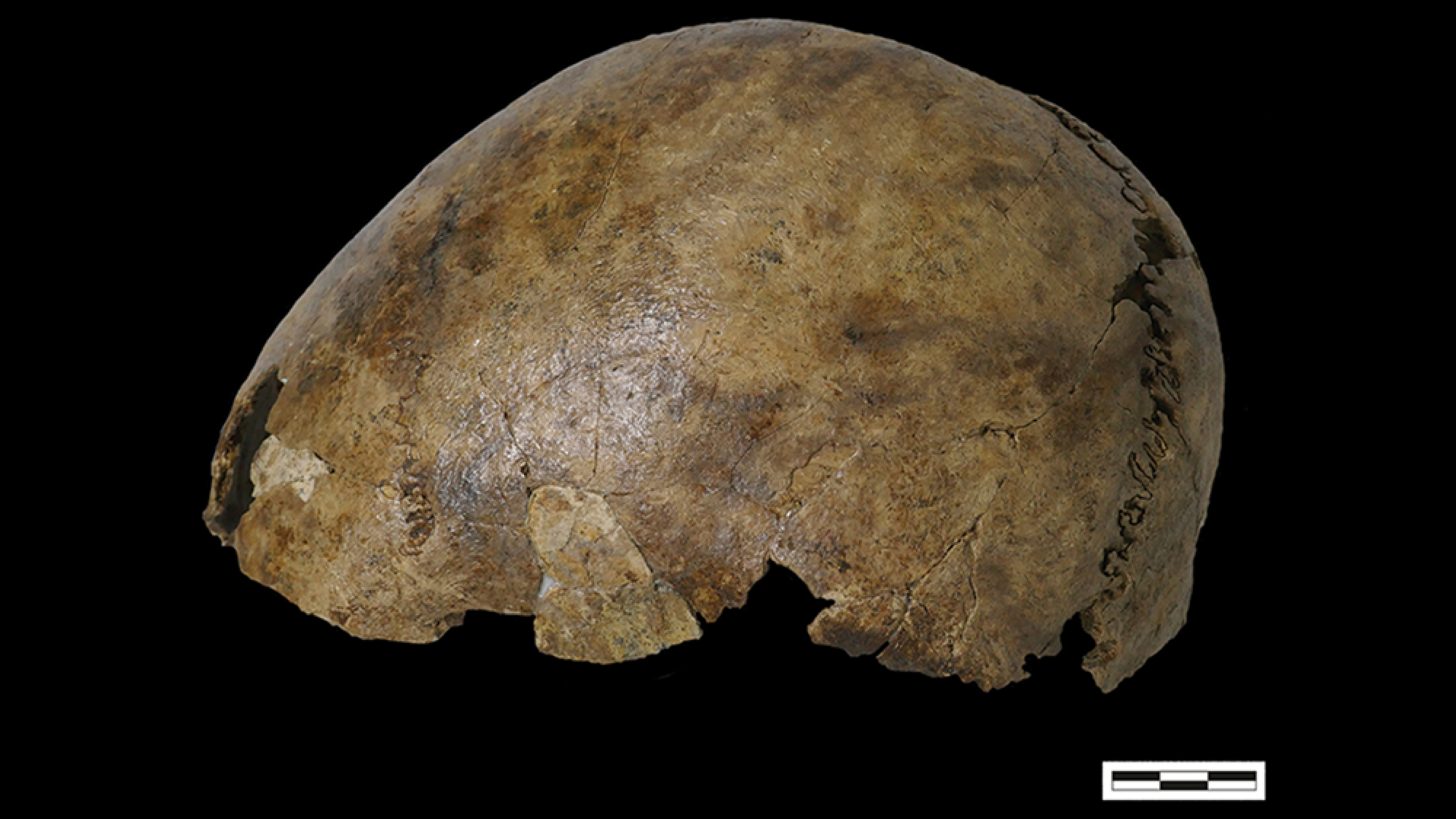Biomolecules, Vol. 13, Pages 969: Effect of Methyl Jasmonate on the Growth and Biosynthesis of C13- and C14-Hydroxylated Taxoids in the Cell Culture of Yew (Taxus wallichiana Zucc.) of Different Ages
Biomolecules doi: 10.3390/biom13060969
Authors: Elena Demidova Elena Globa Andrey Klushin Dmitry Kochkin Alexander Nosov
The effects of methyl jasmonate (MeJ) on growth and taxoid formation in the cell culture of Taxus wallichiana were investigated to elucidate the specifics of phytohormone action in dedifferentiated plant cells in vitro. The characteristics of the same suspension cell culture were compared in 2017 (the «young» culture) and in 2022 (the «old» culture)—1.5 or 6 years after culture induction, respectively. MeJ (100 µM) is added to the cell suspension at the end of the exponential growth phase. Cell culture demonstrated good growth (dry weight accumulation 10–18 g/L, specific growth rate µ = 0.15–0.35 day−1) regardless of its «age», cultivation system, and MeJ addition. UPLC-ESI-MS analysis revealed the presence of C14-hydroxylated taxoids (yunnanxane, taxuyunnanine C, sinenxane C, and sinenxane B) in the cell biomass. The content of C14-OH taxoids increased from 0.2–1.6 mg/gDW in «young» culture to 0.6–10.1 mg/gDW in «old» culture. Yunnanxane was the main compound in «young» culture, while sinenxane C predominated in «old» culture. Without elicitation, small amounts of C13-OH taxoids (<0.05 mg/gDW) were found only in «young» cultures. MeJ addition to «young» culture had no effect on the content of C14-OH taxoids but caused a 10-fold increase in C13-OH taxoid production (up to 0.12–0.19 mg/gDW, comparable to the bark of yew trees). By contrast, MeJ added to «old» culture was not beneficial for the production of C13-OH taxoids but notably increased the content of C14-OH taxoids (1.5–2.0 times in flasks and 5–8 times in bioreactors). These findings suggest that hormonal signaling in dedifferentiated yew cells grown in vitro is different from that in plants and can be affected by the culture’s age. This might be a result of the high level of culture heterogeneity and constant auto-selection for intensive proliferation, which leads to the predominant formation of C14-OH taxoids versus C13-OH taxoids and a modified cell response to exogenous MeJ treatment.

 1 year ago
41
1 year ago
41


